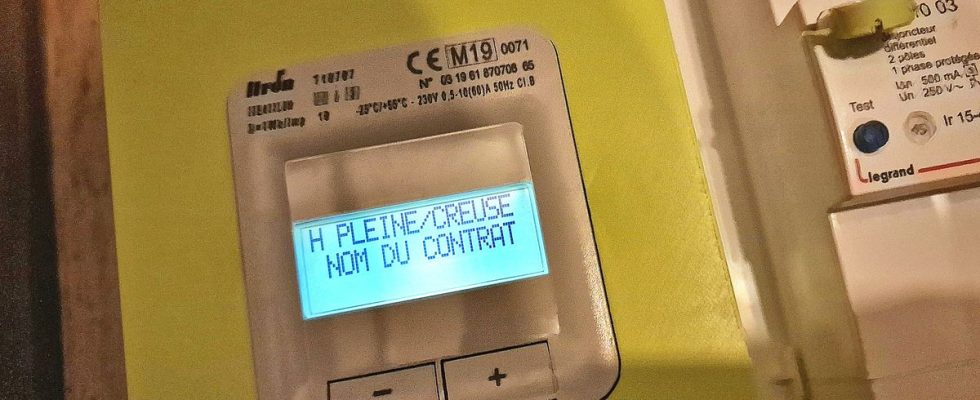There are things like that, known to everyone, but which remain a mystery if it occurred to us to ask how exactly it works. Also, if you have electricity at home (we hope), you probably know that there is an “peak hours, off-peak hours” option, supposed to allow you to pay less for precious kilowatts.
So much for the theory. You still have to master the trick to your fingertips to be able to take full advantage of it. The worst is surely finding your way in the off-peak hours offered by Enedis, which are sometimes, let’s say, far-fetched, to be polite.
Eight off-peak hours for everyone
First of all, you should know that to benefit from the “off-peak” rate (HPHC), you must subscribe to a paid option or a specific contract, as is my case. Mine is called “Elec Classique”. When signing, they certainly had to tell me what time slot I had to run my washing machine so as not to leave an arm in it. Or not. Still, when I asked myself the question, it took me a thousand years to find the information, even though it was simply indicated on my invoice.
In short, I discovered that my eight off-peak hours – the same number for everyone – were split in two, like for 40% of clients. The remaining 60% have a single time slot, between 8 p.m. and 8 a.m. I also noticed that I had to be a sleepwalker or a housewife to benefit from it, the first period going from 1:10 a.m. to 7:40 a.m., the second from 12:40 p.m. to 2:10 p.m.
Profitable or not, it’s up to you to do the math
Trouble, then. And if you want to change your time slot, it is not possible, unless you move. And there again, it’s roulette. When you subscribe to your contract, Enedis arbitrarily assigns you the time slot for your municipality, this being defined “according to the operating conditions and the local capacity of the public distribution network”, specifies the manager. But if you have a Linky meter, this time slot is allocated to you randomly. And don’t plan to negotiate with your electricity supplier, since they are dependent on Enedis for the allocation of off-peak hours.
If your off-peak time slot is so difficult that your laziness will necessarily outweigh your desire to save, it is better to stay on the “basic” rate. Indeed, according to the electricity supplier Engie, if the price of KWh is on average 25% cheaper during off-peak hours than the base rate, it is also on average 10% more expensive during peak hours. Not forgetting the higher price of the HPHC subscription – count 8 euros more per year for the basic power of 6kVA. By Enedis’ own admission, at least 30% of your consumption must be carried out during off-peak hours for the HPHC offer to be profitable and save you a few pennies..
The programming solution
To those who criticize, like me, the complicated time slots of off-peak hours, Enedis counters that it is enough to program the most demanding devices so that they start at the right time. Certainly, with the planned obsolescence of household appliances, no one has a device old enough to be without a programming option. And even so, the network manager assures that there are programmable sockets “for a few euros”.
For your hot water tank, it’s a contactor that does the job, well normally. Your meter sends him a pulse to tell him “hey, dude, it’s off-peak hours”. And the contactor opens the juice and starts the production of hot water. With Linky, it doesn’t always work, admits Enedis. You must therefore contact the network manager to arrange for a technician who will resolve the problem free of charge. Well almost, since the travel costs of around thirty euros will be your responsibility. That’s it, you know everything, all that remains is to set your watches.

